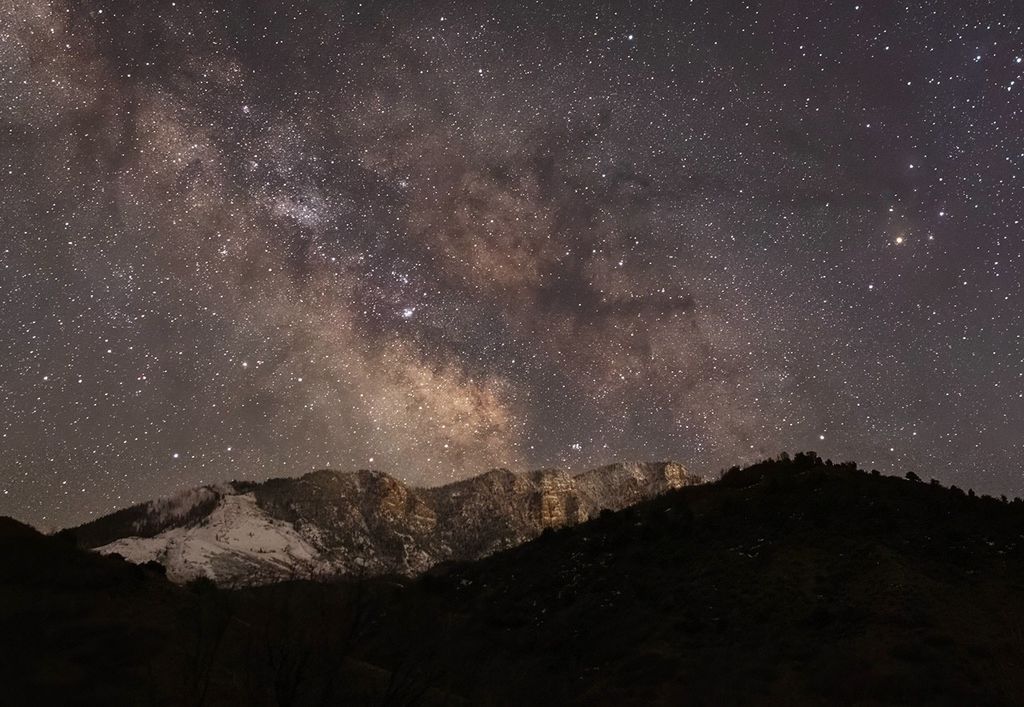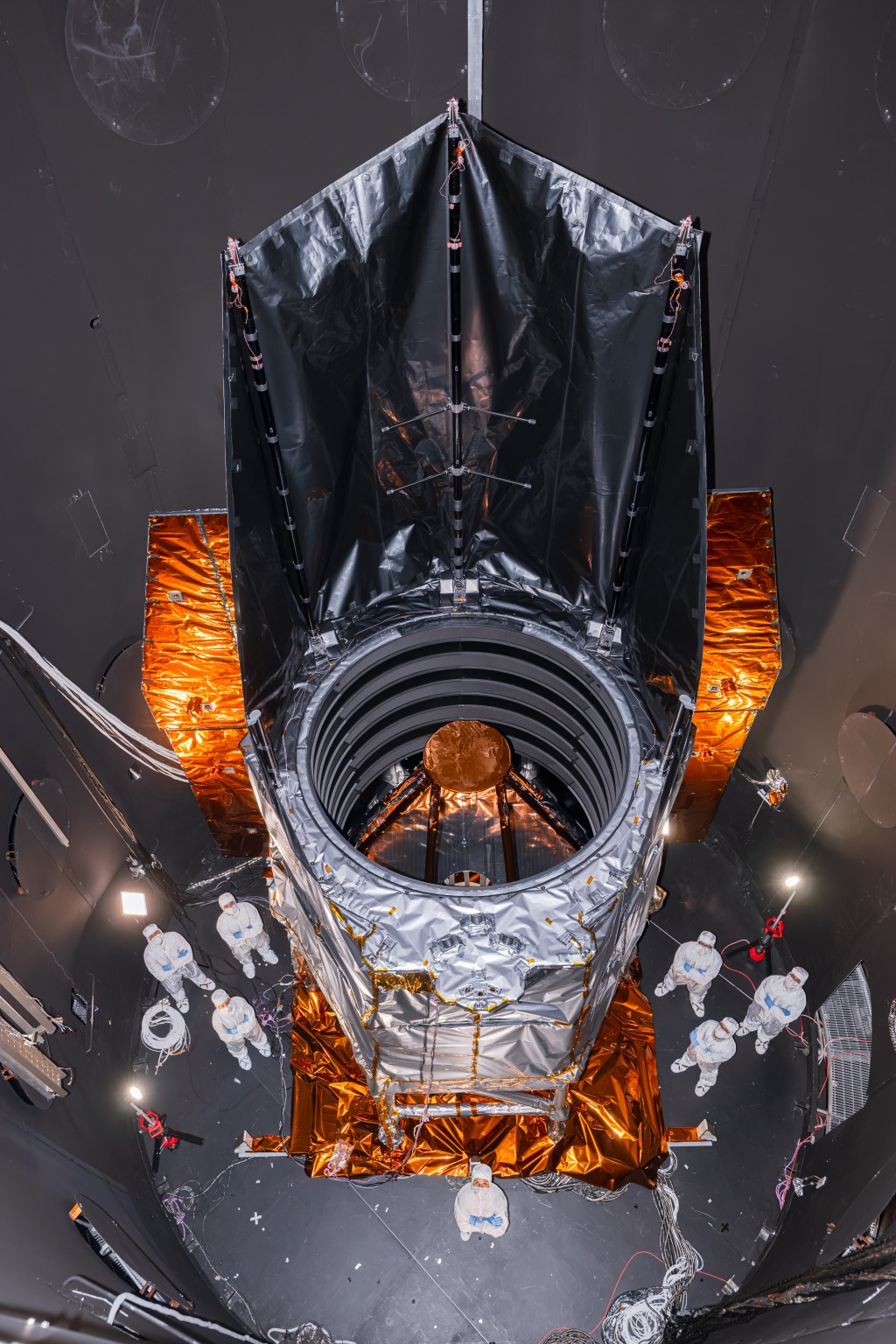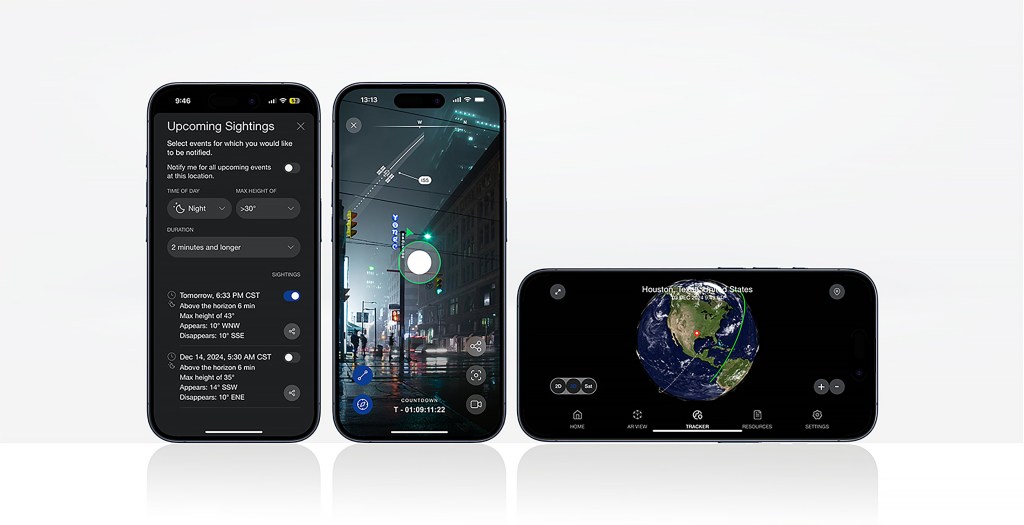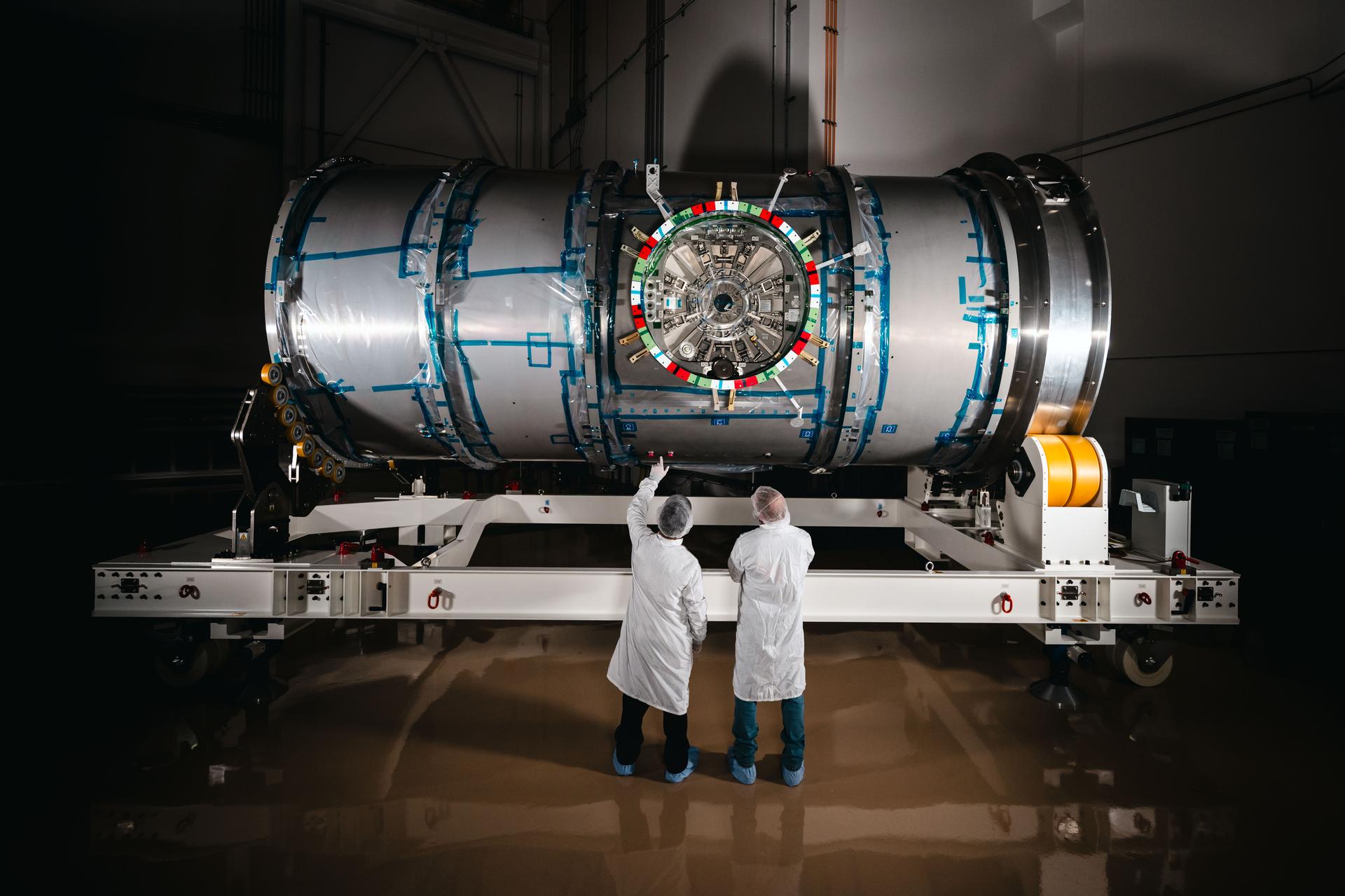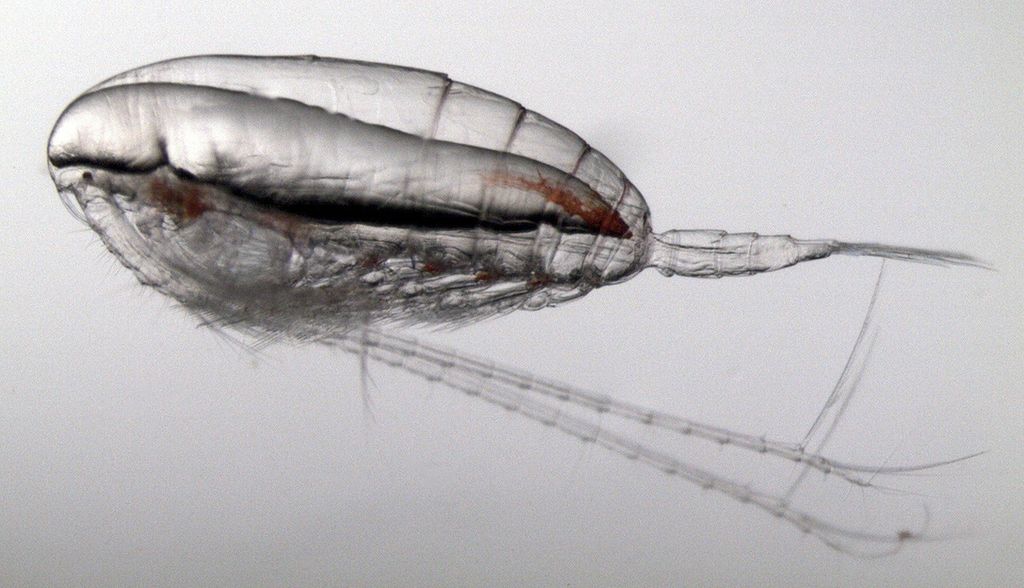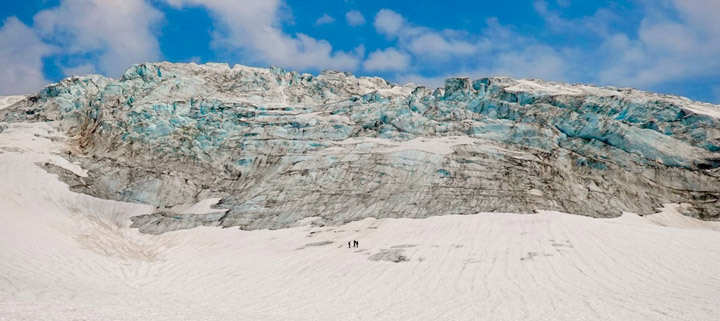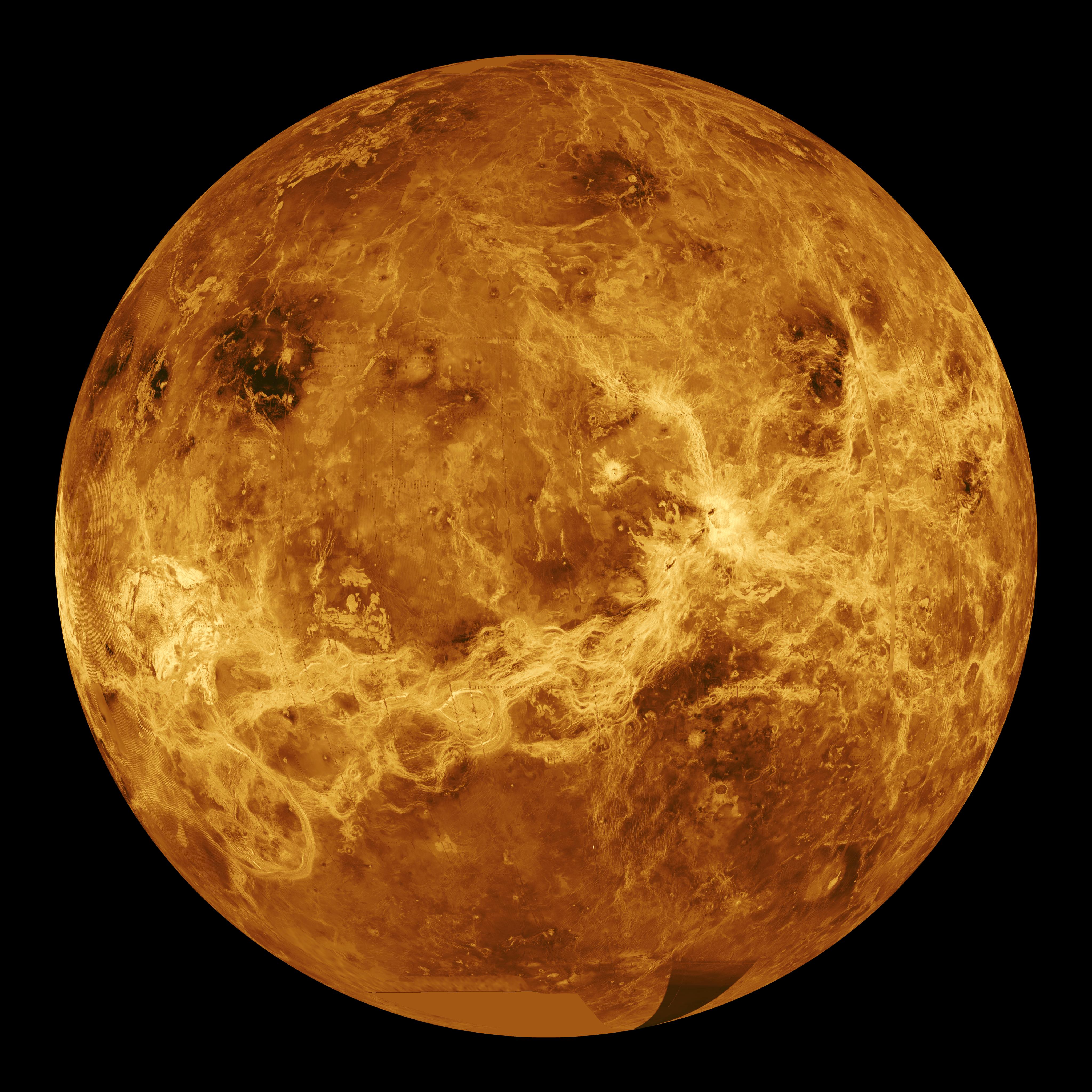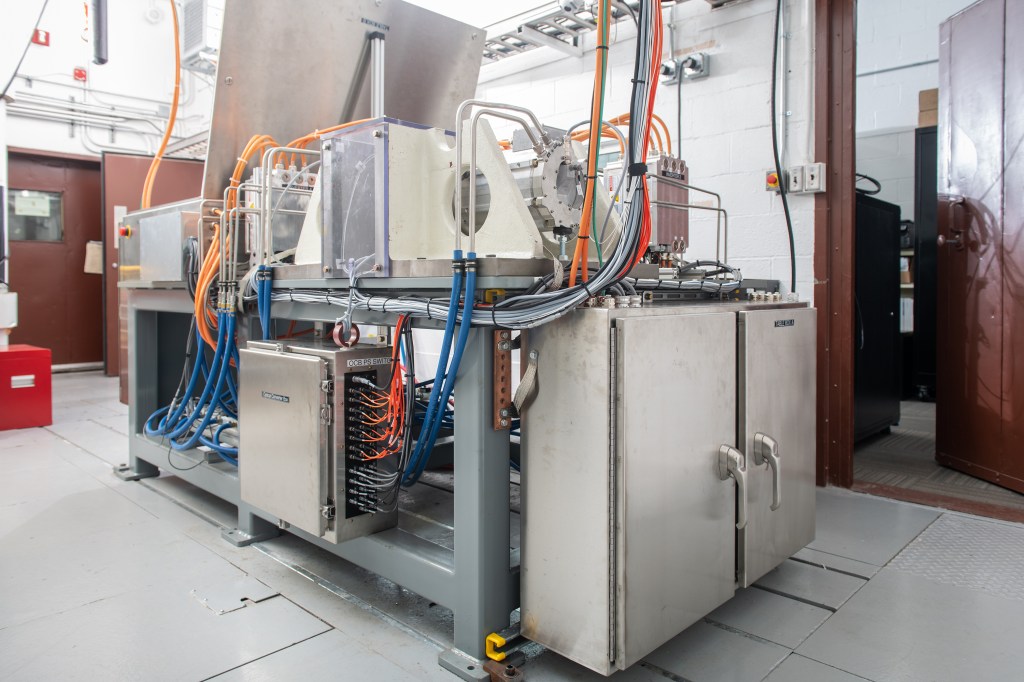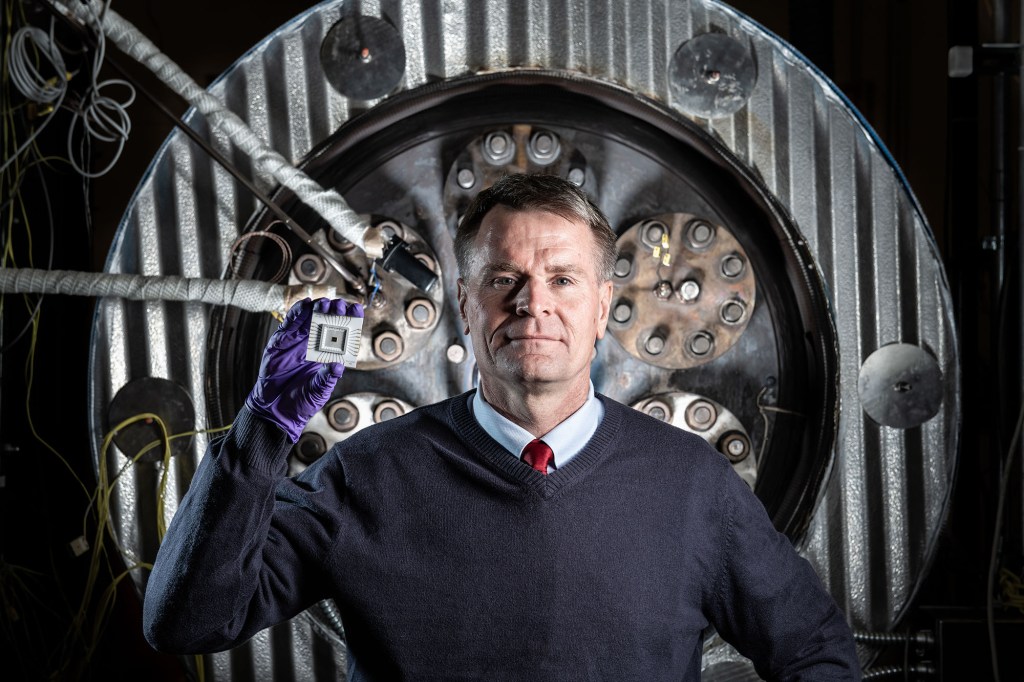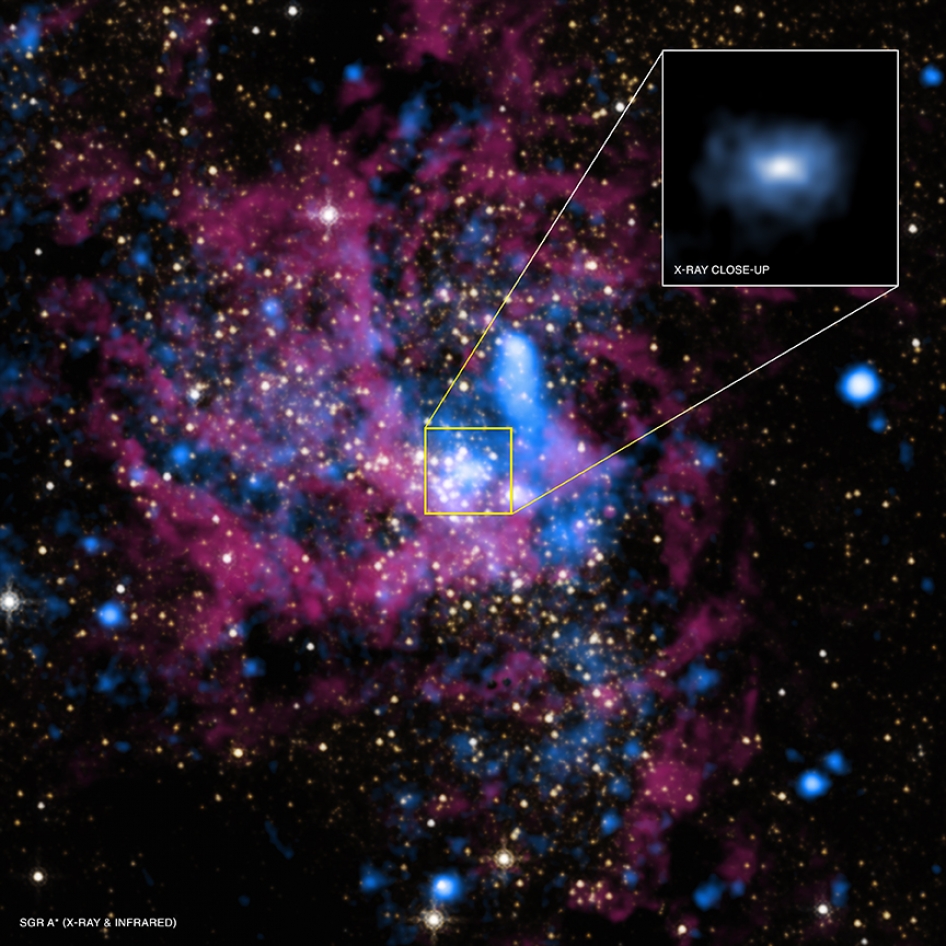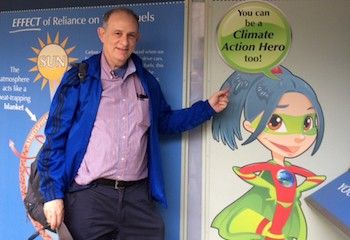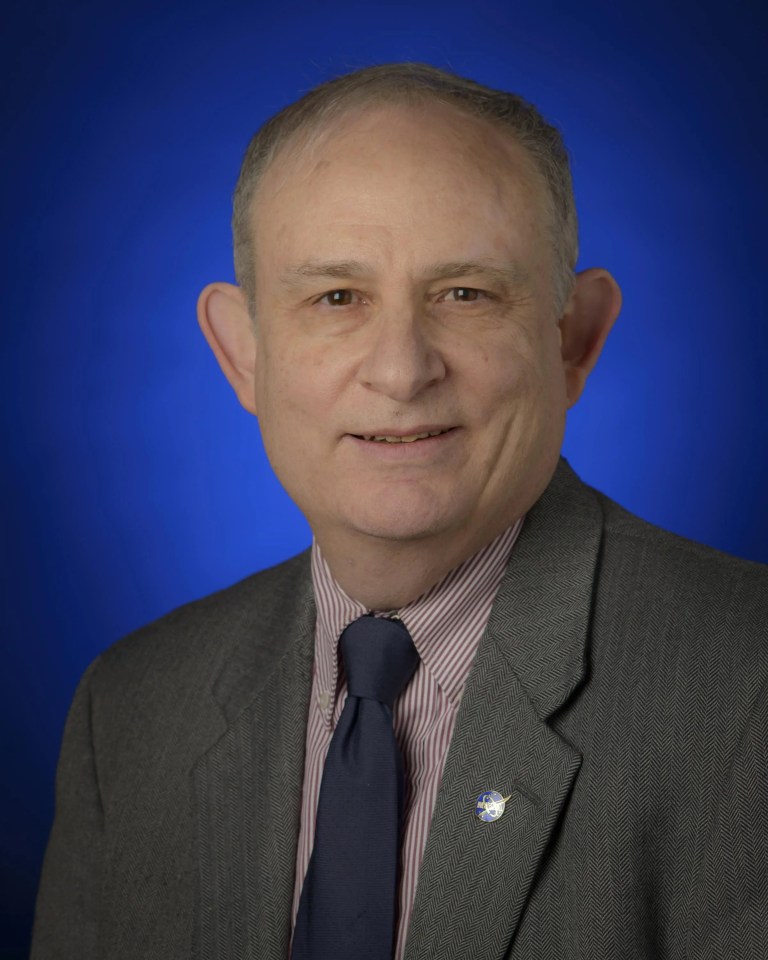
Dr. Jack Kaye
Associate Director for Research
Contents
- Q&A with Dr. Kaye
- Where are you from?
- Describe the first time you made a personal connection with outer space.
- How did you end up working in the space program?
- What is an associate director for research?
- Tell us about a favorite moment so far in your career.
- Who inspired you?
- What advice would you give to someone who wants to take the same career path as you?
- What do you do for fun?
- If you were talking to a student interested in science and math or engineering, what advice would you give them?
- Read More
Jack Kaye currently serves as associate director for research of the Earth Science Division (ESD) within NASA’s Science Mission Directorate (SMD). He has been a member of the Senior Executive Service since August 1999, managing NASA’s Earth Science Research Program. As associate director for research, Kaye is responsible for the research and data analysis programs for Earth System Science, covering the broad spectrum of scientific disciplines that constitute it.
Earlier positions in his more than 41-year career at NASA include being a space scientist at the Goddard Space Flight Center and manager of the Atmospheric Chemistry Modeling and Analysis Program at NASA Headquarters. In addition, Kaye has held temporary acting positions as deputy director of ESD and deputy chief scientist for Earth Science within SMD.
Kaye’s academic training is in chemistry (B.S. Adelphi University, 1976; Ph.D., California Institute of Technology, 1982). He also held a post-doctoral research associateship at the US Naval Research Laboratory.
Kaye represents NASA in many interagency and international activities and has been an active participant in the U.S. Global Change Research Program (USGCRP), in which he has served for many years as NASA principal of the Subcommittee on Global Change Research. He also serves as NASA’s representative to the Subcommittee on Ocean Science and Technology. Kaye was named an honorary member of the Asia Oceania Geoscience Society in 2015. He previously completed a 6-year term as a member of the Steering Committee for the Global Climate Observing System and currently serves an ex officio member of the National Research Council’s Roundtable on Science and Technology for Sustainability and the Chemical Sciences Roundtable, as well as a member of the Roundtable on Global Science Diplomacy.
He has received numerous NASA awards – most recently, the Distinguished Service Medal in 2022 – and he was recognized as a Meritorious Executive in the Senior Executive Service in 2004, 2010, and 2021. In 2024 he was awarded the NASA-USGS Pecora Individual Award honoring excellence in Earth Observation. He was named as a Fellow by the American Meteorological Society (AMS) in 2010 and by the American Association of the Advancement of Science (AAAS) in 2014. Kaye was elected to serve as an office of the Atmospheric and Hydrospheric Science section of the AAAS (2015-2018). AGU has recognized him on two occasions with a Citation for Excellence in Refereeing.
Kaye has published more than 50 refereed papers, contributed to numerous reports, books, and encyclopedias, and edited the book Isotope Effects in Gas-Phase Chemistry for the American Chemical Society. In addition, he has attended the Leadership for Democratic Society program at the Federal Executive Institute and the Harvard Senior Managers in Government Program at the John F. Kennedy School of Government at Harvard University.
Q&A with Dr. Kaye
Where are you from?
I was born in Brooklyn, N.Y., but grew up on Long Island in a small village called Malverne. It is located about 45 minutes from Manhattan, which gave me ready access to both New York City and the Long Island suburbs when growing up.
Describe the first time you made a personal connection with outer space.
I remember watching as many of the early NASA manned space launches on television as I could. In school they would sometimes bring a television into class so we could watch them. As a kid I used to write to NASA to get pictures of the astronauts.
My parents helped give me confidence that I could learn, but also they gave me the discipline to understand that I had to work at it.- Jack Kaye

Jack kaye
Associate Director for Research, NASA Earth Science
The first real close connection I had to space was in ninth grade, when a friend and I wrote a report on something like “The Physics of Space Flight” for our Earth science class. A few of us also set up an after school astronomy club that met at a friend’s house once a week. That Earth science class also had a big impact on my interests in the world around me. One could hypothesize that there is a real connection between that class and my NASA Earth science career!
How did you end up working in the space program?
I did not follow a traditional path. My formal education was in chemistry, and I did my Ph.D. in theoretical physical chemistry at the California Institute of Technology (Caltech), working on the quantum mechanics of chemical reactions with an aim toward being able to understand, and ultimately calculate, reactivity.
I decided that I was more interested in using rate constants than calculating them, and from auditing classes in Earth and planetary science I became exposed to studies of planetary atmospheres. I ended up doing post-doctoral research in this area at the U.S. Naval Research Lab in Washington, D.C. From there, I was hired as a chemist in a group of meteorologists at NASA’s Goddard Space Flight Center in Greenbelt, Md. That gave me a chance to study the chemistry of Earth’s atmosphere, focusing on stratospheric ozone — the protective layer of ozone in the upper atmosphere that absorbs most of the sun’s ultraviolet light. After some six years at Goddard, I moved to NASA Headquarters, where I’ve been working ever since.
What is an associate director for research?
In my job as associate director for research in the Earth Science Division of NASA’s Science Mission Directorate, I am responsible for the research program that NASA has to study the Earth, using satellites, aircraft, surface-based measurements and computer models. The program covers everything from the center of the Earth to the stratopause — the boundary between the stratosphere and mesosphere layers of the atmosphere — including the atmosphere, ocean, cryosphere, biosphere, land surface and Earth’s interior!
Tell us about a favorite moment so far in your career.
It’s hard to pick just one. I’ve had so many interesting opportunities and great experiences. Here are a couple of very different memorable examples.
As program scientist for the ATLAS (Atmospheric Laboratory for Applications and Science) series of space shuttle flights in the 1990s, I helped oversee the science carried out by the payload (as many as a dozen instruments) that came from several different countries. Being involved in those missions was great fun, and I learned so much about how valuable Earth observations were made in space and how the shuttle observations could both contribute to and benefit from satellite observations. I attended five shuttle launches — three for the ATLAS missions, and two others — which was always a humbling experience.
As a program manager, one of the great joys for me was to help early-career investigators get their first awards to help establish them in their careers. Seeing them succeed was so rewarding.
In my current role associate director for research, being able to periodically “make something happen” by green-lighting ideas that come to the Earth Science Division from our staff and the community, and then putting programs in place to address those objectives, is a wonderful feeling.
Who inspired you?
Many teachers I had all throughout my education inspired me. In particular, I remember my high school Earth science teacher, Robert Johnson, and my undergraduate physical chemistry professor, Stanley Windwer (at Adelphi University).
In graduate school, I was exposed to Earth science through professor Yuk Yung at Caltech, who was very open and approachable in encouraging me to pursue my interests in atmospheric science. I consider it a privilege to count him as a colleague now!
My parents helped give me confidence that I could learn, but also they gave me the discipline to understand that I had to work at it. My brother set a great example. He excelled in learning, but I never remember feeling I had to compete with him; just follow his example.
What advice would you give to someone who wants to take the same career path as you?
My advice is to try to find the right balance of depth and breadth — and that balance may be different for everyone. While you have to become expert in something, it’s also good to pay attention to related areas and keep learning. I changed fields and feel that I’ve never really stopped learning new things.
It’s also good to understand the broader societal and scientific context in which you’re doing your work, and to think about how you can tell others (not just scientists) about the work that you’re doing.
What do you do for fun?
I like to spend time with my family, of course, and to walk, read and cook.
If you were talking to a student interested in science and math or engineering, what advice would you give them?
Besides the typical science-related advice, I would encourage those looking to work in STEM — science, technology, engineering and mathematics — disciplines to get comfortable with public speaking. Most scientists have many opportunities to talk about their work, and it’s so helpful to be able to do that without a lot of stress. The presentations that one does will almost certainly be better if one really enjoys it. Taking a public speaking class may be really helpful. I did that in my first semester of college, and I think that had a major impact in reducing anxiety about public speaking. It’s also good to talk about one’s work to different audiences as opportunities come along. Having some similar comfort in writing is also really valuable. Taking advantage of opportunities to write can be helpful. I did a bunch of student newspaper work in college, and having to write something almost every week for four years was great training.



